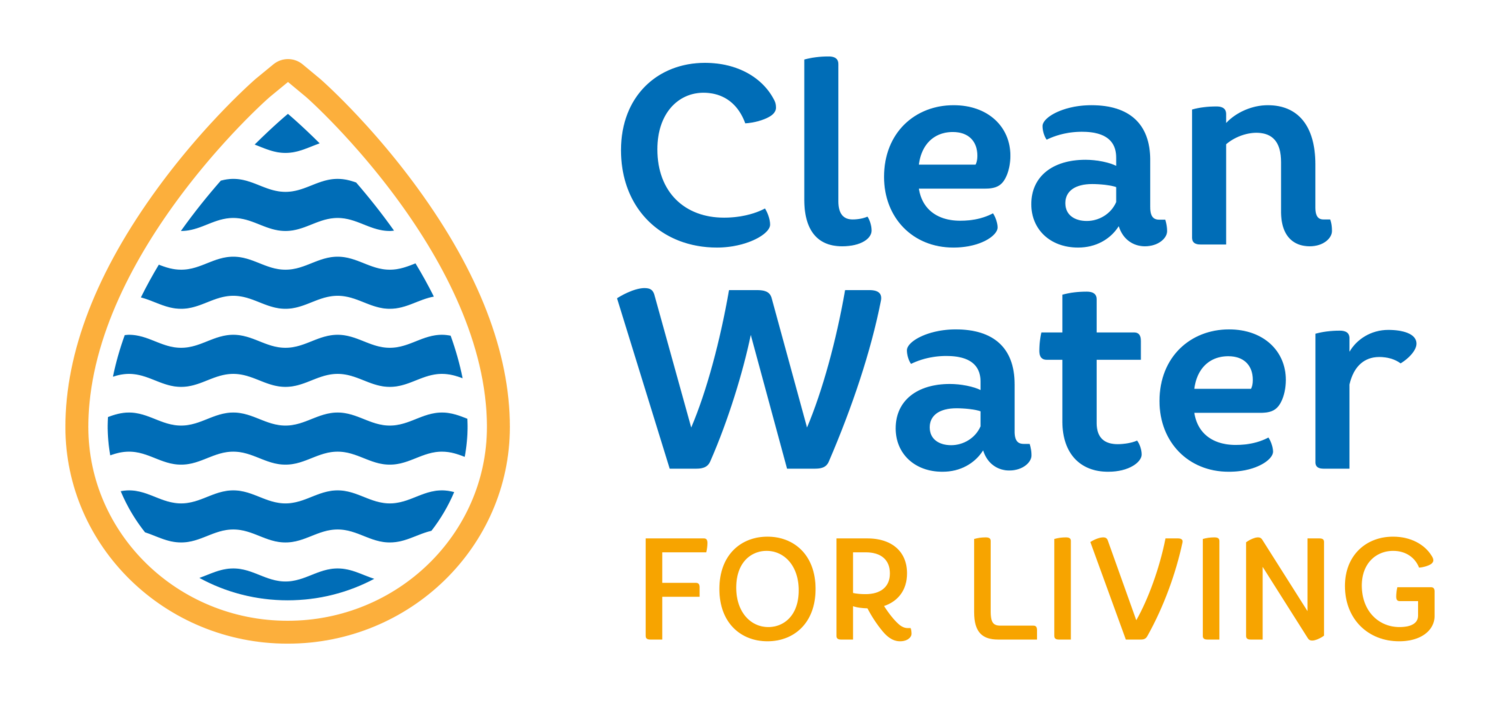WATER ISSUES
The Lake Erie algal bloom, annual swimming bans at local beaches, overflows of sewage from municipal treatment facilities and spills of oil and other chemicals are a call to action.
Oil: One drop of oil can contaminate a million drops of water
Blue Green Algae
There are a lot of water issues, but currently the most prominent issue is the Lake Erie toxic blue green algal blooms.
Toxic algae that has made life miserable along Lake Erie's Ohio shore, forcing the shutdown of Toledo's water intake in 2014, has links that reach far into Southwestern Ontario. A genetic analysis of toxic algae found in Lake St. Clair links it to the same family of algae that has made western Lake Erie's water undrinkable.
All of Southwestern Ontario ’s urban turf and vast farmland — including human sewage, animal waste and chemical fertilizers — drains into the Thames River, which empties into Lake St. Clair and into Lake Erie, where monster algae blooms are so bad one morphed into a blob nearly as big as Prince Edward Island in 2011.
Lake Erie algal bloom
2011 - covered 1900 square miles
2014 - closed Toledo water system
In a classic what-goes-around-comes-around scenario, the water from Southwestern Ontario can take a long route back home. Many Southwestern Ontario centres including Chatham-Kent draw drinking water from Lake Erie. Examples of local intakes include; Wheatley, Chatham-Kent intake at Erie Beach, West Elgin at Eagle, and Elgin and London at Port Stanley.
Other Water Issues
In addition to concerns about nutrient loads in our lakes other contaminants of concern are emerging. Microplastics, pharmaceuticals, personal care products and endocrine disrupting compounds are being discovered in the Great lakes. These contaminants pose a risk to human health and the environment. Immediate attention is required to reduce all water contaminants.

